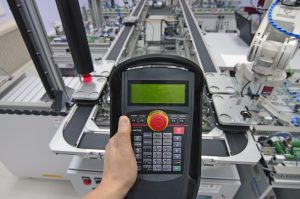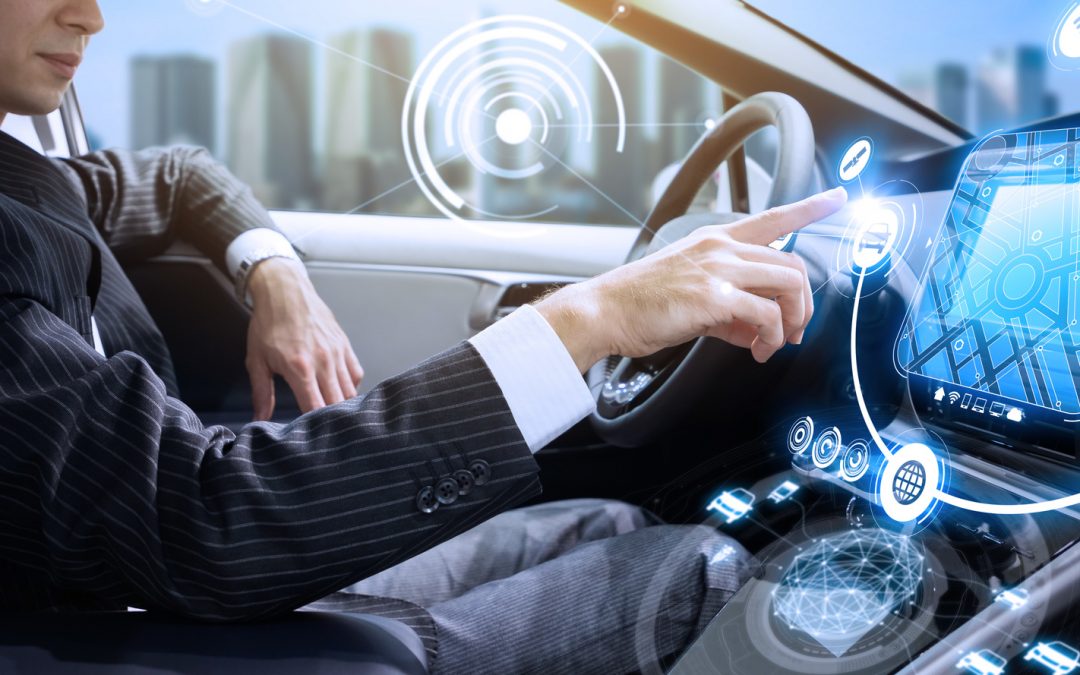You probably own a “smart” phone or “smart” television. A smart device is an electronic gadget that can connect to a network and interact with its user and other smart devices. Those devices are the “things” of the IoT, and they may include your phone, television, thermostat, home appliances, automobile and much more.
Any devices, systems, sensors or gadgets that are connected to the internet become a component of the Internet of Things if they communicate data, streamline a process and can be remotely or automatically controlled. Another term for this is “machine-to-machine” (M2M) technology.
Technology experts are saying that 2018 will be The Year of the Internet of Things, because the number of connected devices is on track to top 11 billion—and that does not include computers and phones! Manufacturing is expected to make the largest financial investments in IoT in 2018, followed by transportation and utilities.
A recent Business Insider Intelligence survey of global IoT executives projected that there will be more than 55 billion IoT devices by 2025, up from about nine billion in 2017. During the same timeframe, they predict an IoT investment of nearly $15 trillion.
 Living in an IoT World
Living in an IoT World
If you remember “The Jetsons” animated cartoon, the IoT will seem familiar. Most of us aren’t living on space stations and motoring through space yet, but the benefits of a computerized home and workplace are prophetically similar.
At Home
Imagine this scenario: It’s Monday morning. As you reach for the snooze button on your alarm clock, the thermostat has already sensed that your house is cool and told the furnace to increase the temperature. You check your wearable fitness-tracker to see how you slept. Your smart coffee-maker senses your movement and begins to brew coffee. You drag yourself out of bed and head to the kitchen; the lights turn on and off automatically as you enter and leave each room. You open your smart refrigerator and find everything you need for breakfast, because the fridge uses barcodes to keep track of its contents and update your shopping list.
Later when you head to your car, it anticipates your approach and unlocks its doors. The engine starts without inserting a key. The house knows you’ve left and locks itself and activates the alarm system. Your commute to the office is a breeze, because all the traffic signals respond to real-time conditions that shorten your travel time.
At Work
There is no need to find your security pass: When you enter the building, the security system recognizes you, greets you by name and lets you in. Your office environment is comfortable, because smart thermostats have “crowd-sourced” real-time information from your coworkers and adjusted the temperature and ventilation accordingly. With the touch of a button, you begin your workday by launching a video conference with your remote sales team located in various states. You all tap into the same project management database which streamlines workflow and curtails redundant effort.
Another system controls inventory by tracking progress at your manufacturing and distribution facilities. On the shop floor, computerized machines are doing most of the work while a few employees oversee and manage the process using their tablets. Computers control lighting and track usage across all facilities, allowing your company to save money on energy and even housekeeping services (because there’s no need to clean conference rooms that no one has used). If there is an infrastructure problem, sensors detect it and contact the appropriate maintenance resources to fix it.
How Did We Get Here So Fast?
It may seem as if it’s happened overnight, but the technological path to the IoT began decades ago. In the 60s and 70s, a computer mainframe filled an entire purpose-built room or building. It didn’t take long before all that computing power (and more) was condensed to a personal computer that fit on your desk. Next came portable, laptop computers.
In 1990 the portable Dell 316LT was considered inexpensive at $3,500 and lightweight at 15 pounds—and, wonder of all wonders, you could get it with a huge 40MB hard drive!
As computing power grew, hardware and prices shrunk. Laptops got smaller and faster, and wifi unleashed users from power cords. Microcontrollers and sensors supported industry and manufacturing processes and with time became affordable for use in the consumer market. Smart phones and tablets outpaced laptop usage and began to serve as the control center for other computerized devices—your thermostat, alarm system, television and more. Today tremendous computing power fits into your back pocket.
Your smart phone is millions of times more powerful than all of NASA’s combined computing in 1969.
The increased popularity and usage of smart phones quickened the evolution of the IoT as more and more apps provided the means to manage other linked devices. Today smart homes and smart buildings serve as larger, more sophisticated control hubs for IoT devices, and you can manage everything from your phone, from wherever you are. A facilities manager can now manage what is happening in one building when he or she is standing in another, perhaps on the other side of the planet.
The Flip Side
Of course, there are some drawbacks to all this connectivity. Some of the concerns are:
- Security: Current systems, especially in manufacturing, were not designed to be tied together, and older systems need retrofits. This can expose opportunities for malware attacks which can devastate business operations. Consequently, cyber-security is a rapidly growing area of technology.
- Interoperability: Not all machines communicate in the same language, which means they can’t work together. Increasingly, IoT device manufacturers will be compelled to standardize hardware and software protocols for smooth interactions.
- Latency: There is some degree of lag time between taking an action and the internet’s response to that action. The roll-out of the 5G network will address latency issues, but there also needs to be some sort of hierarchy or prioritization between things that need to be computed instantaneously and those that don’t need constant connection to the internet.

